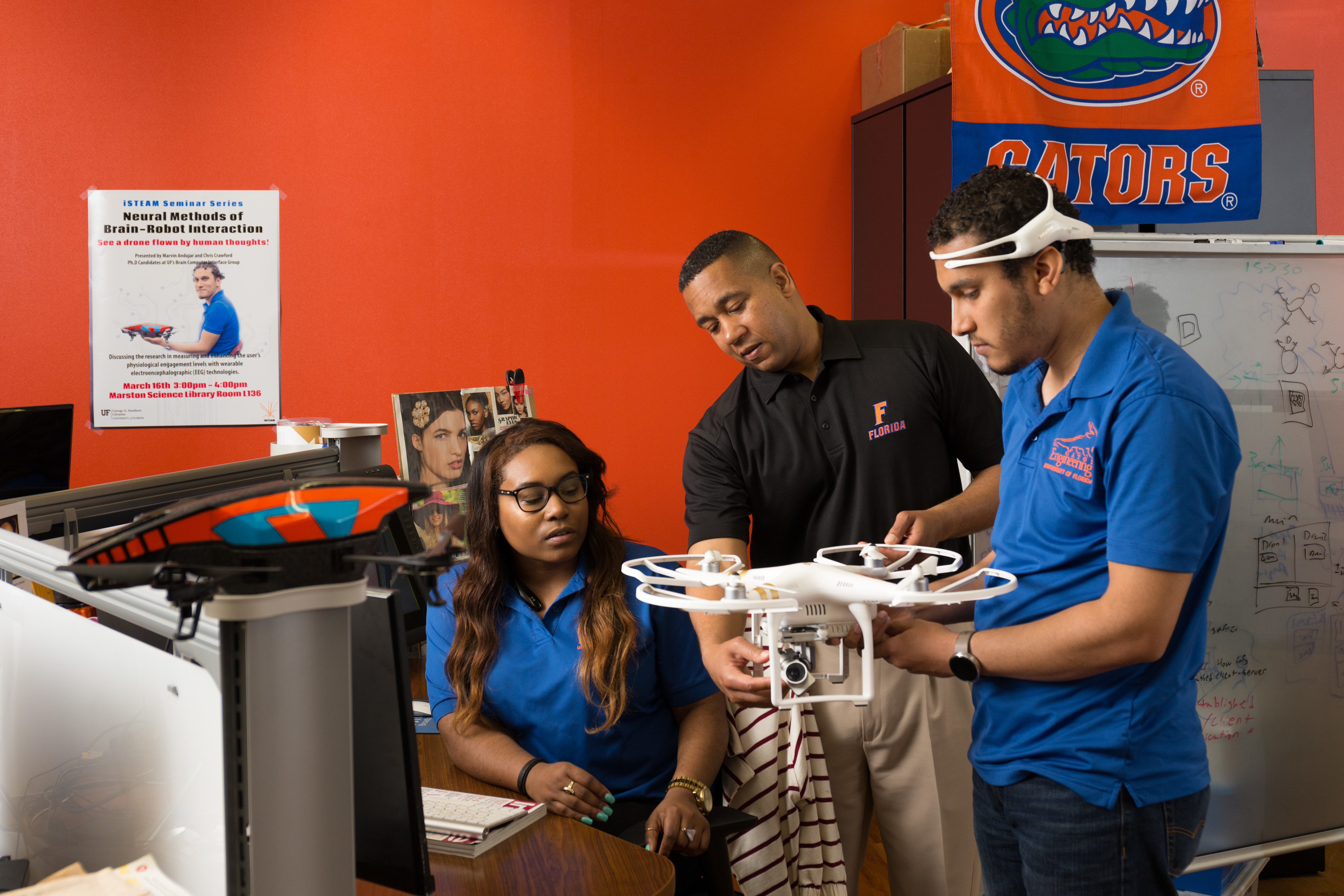 Center for Instructional Technology and Training
Center for Instructional Technology and Training

Student-centered teaching is always important, but it is especially urgent during times of uncertainty and increased stress. The move to remote learning can be an opportunity to look at your course with fresh eyes and identify ways to prioritize inclusion and make your course more welcoming to a diverse range of learners. I’ve collected a few strategies to consider.
When selecting course material, consider if it includes diverse perspectives. Do your students see varied viewpoints in course materials? After taking your class, could a student conclude that somebody like them belongs in the field?
Next, consider ways to make course content multimodal. Providing the same content in text, audio, and visual formats promotes learning retention and improves overall course accessibility.
Reconsidering assessment practices can also be impactful. Consider ways to build in flexibility and student choice to allow students more opportunities to demonstrate their knowledge.
Since not all learners possess identical academic experiences and backgrounds, review your assessments for transparency: are they clear and specific, with guidance and resources for successful completion? The TILT model is a great way to achieve assignment transparency.
Finally, review your content and technologies used in your course to ensure they promote a student-centered approach.
These strategies only scratch the surface of student-centered teaching, but prioritizing them is a great way to show students you care.
Tags: Engagement, Instructional Design